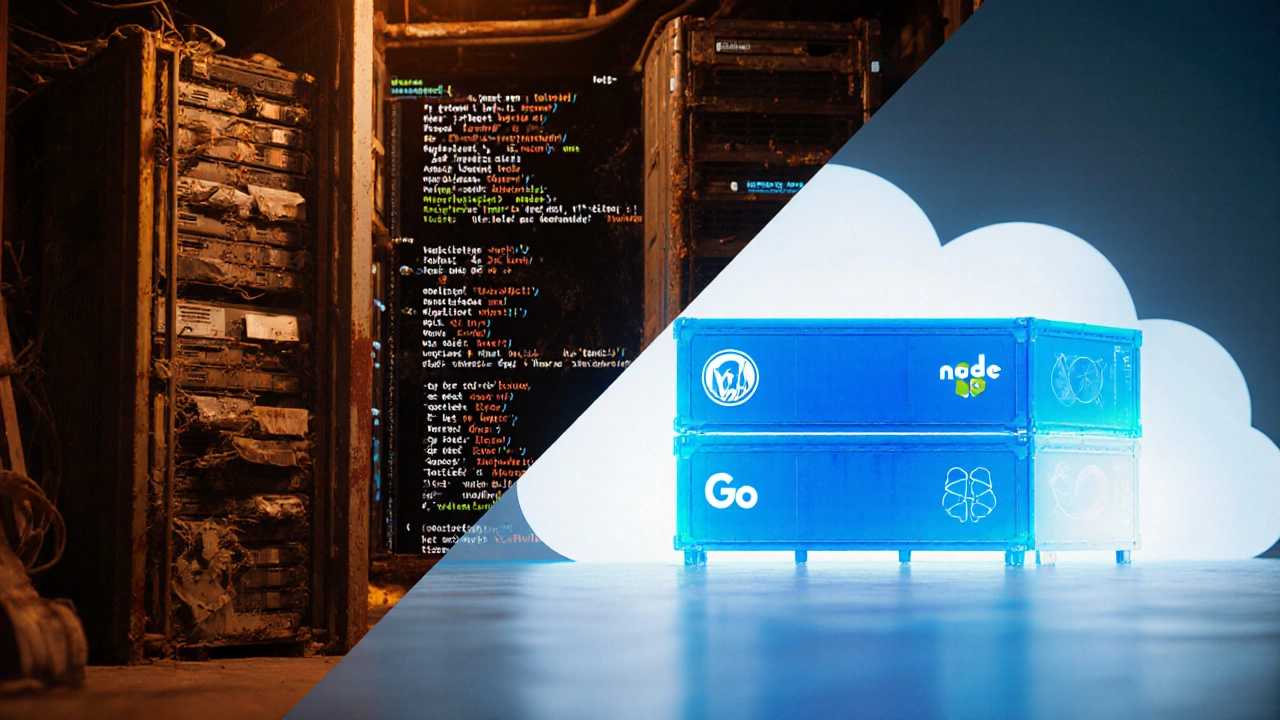Backend Language Comparison: Choosing the Right Server‑Side Language
When exploring Backend Language Comparison, the process of evaluating server‑side programming languages to pick the right fit for a web project. Also known as server‑side language assessment, it helps teams balance performance, ecosystem, and hiring ease.
In this context, PHP, a long‑standing scripting language that powers WordPress and many legacy systems represents the classic choice for rapid web site rollout. Python, a versatile language famous for readability and a massive scientific stack brings a clean syntax and strong frameworks like Django and Flask. Node.js, the JavaScript runtime that lets you run code on the server offers non‑blocking I/O and a unified language front‑to‑back. These three examples illustrate that backend language comparison encompasses performance benchmarks, ecosystem depth, and scalability patterns. It requires understanding of runtime characteristics, community support, and hiring trends. Moreover, the choice influences deployment models, tooling costs, and long‑term maintenance.
Key Factors to Compare
Performance is often the first yardstick: PHP 8’s JIT engine squeezes out impressive speeds for typical CMS workloads, while Python’s async capabilities shine in data‑heavy APIs, and Node.js excels with real‑time chat or streaming services thanks to its event‑driven architecture. Ecosystem matters too – PHP’s Composer packages, Python’s PyPI libraries, and Node’s npm ecosystem each offer thousands of ready‑made solutions, but the community's focus differs. Scalability hinges on how the language handles concurrency: PHP traditionally follows a request‑per‑process model, Python offers multi‑threading with GIL limitations, and Node.js relies on a single‑threaded event loop with cluster support for horizontal scaling. When hiring, the talent pool varies by region; many startups favor JavaScript fluency, while agencies still lean on PHP developers for quick client sites. Learning curve is another practical angle: Python’s clean syntax reduces onboarding time, PHP’s loose typing can be forgiving for beginners, and Node.js demands comfort with asynchronous patterns. Security best practices also diverge – each language has its own set of common pitfalls, from SQL injection in PHP to package vulnerability exposure in Node’s massive npm registry. These criteria map directly onto the articles below, which dig deeper into real‑world comparisons, migration guides, and performance tests. Whether you’re deciding if Python beats PHP for a new SaaS, testing Node.js against Python for a microservice architecture, or simply curious about the future of server‑side development, the collection ahead gives you actionable insights and concrete numbers to back your choice.
Ready to see the detailed breakdowns, benchmarks, and migration tips? Scroll down to explore each comparison and find the exact guidance you need for your next backend project.
Why PHP Is Falling Out of Favor in Modern Web Development
- Jaxon Millwater
- PHP Development
- 0 comment
Explore why PHP loses favor in modern web development, covering performance, security, tooling, hiring trends, and when to consider moving to alternatives.
VIEW MORECategories
- Responsive Web Design (14)
- Tech Careers (13)
- SEO for Web Developers (12)
- UX UI Design (12)
- PHP Development (11)
- Web Development Courses (11)
- JavaScript (9)
- Ecommerce Websites (9)
- Web Development Frameworks (8)
- Full Stack Development (8)
Popular posts
-
Is UX Design a High Paying Job? Real Numbers & Surprises
Jaxon Millwater -
Freelancing as a Web Developer: Pros, Cons, and Steps to Success
Jaxon Millwater -
Insight into WordPress Developer Salaries: What to Expect
Jaxon Millwater -
Do Ecommerce Sites Make Money? What Really Drives Profit Online
Jaxon Millwater -
Become a Web Developer in 2 Years: A Practical Roadmap
Jaxon Millwater
